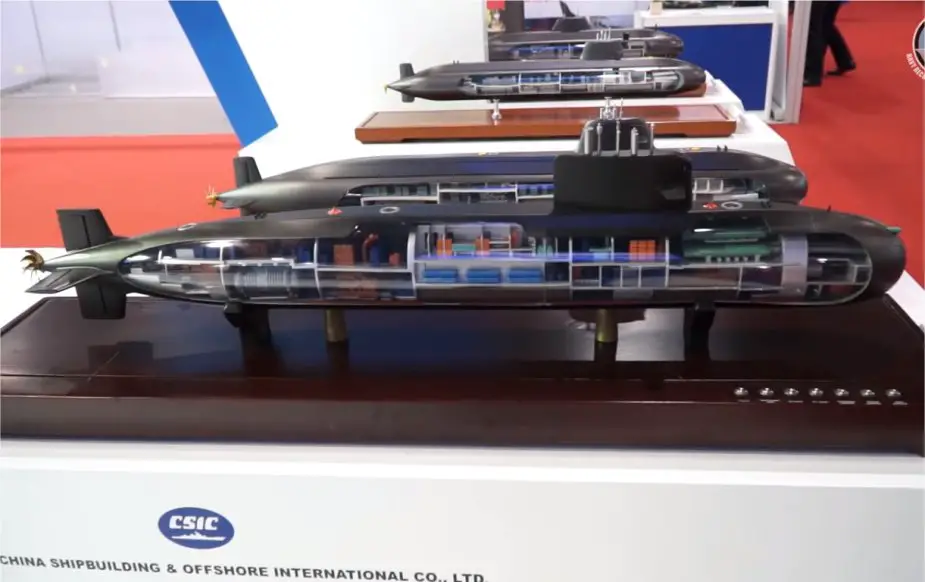Breaking news
Thailand Navy wants 2nd frigate by 2024 because of delay of S26T program.
According to information published by Defense Studies on January 4, 2022, due to the significant delay in the S26T program, the Royal Thai Navy has requested that the Thai Cabinet build a second frigate from the FY2024 defense budget.
Follow Navy Recognition on Google News at this link
 Model of the S26T submarine, Bangkok. (Picture source: Navy Recognition)
Model of the S26T submarine, Bangkok. (Picture source: Navy Recognition)
The list of companies from various countries that are expected to be interested in the Royal Thai Navy's new frigates project has not yet been finalized.
The key requirement for the contestants is There must also be a proposal for a frigate model cooperation with partners in the Thai naval industry to build ships in Thailand as well.
However, it is expected that the decision to approve this project may have to wait for the new government after the general election of Thailand around May 2023.
S26T program
The Royal Thai Navy (RTN) formally selected China's Yuan-class (Type 041) platform to meet a requirement for three submarines on 2 July 2015. The RTN's procurement committee voted unanimously in favour of purchasing the submarine, which has been designated S26T (Thailand), a modified export version of the Yuan class.
On 1 July 2016, the Navy submitted a funding plan for its 36 billion baht submarine procurement project to the cabinet for consideration with the expenditure to be spread over 11 years.
The first submarine would be bought for 13 billion baht between fiscal years 2017–2021. The second and third submarines would be purchased during the remainder of the 11-year period.
The Royal Thai Navy and the Thai Government signed a contract for one S26T variant of the submarine in a $390 million deal. Orders for an additional two submarines are expected in the coming years. Steel cutting ceremony of the first S26T submarine was held on 4 September 2018 in Wuhan, China.
However, problems arose when Germany blocked the export of the engines it was to supply. Since then, the program has been at a standstill. Thailand threatened to cancel the program and China proposed indigenous engines instead of German ones.





























